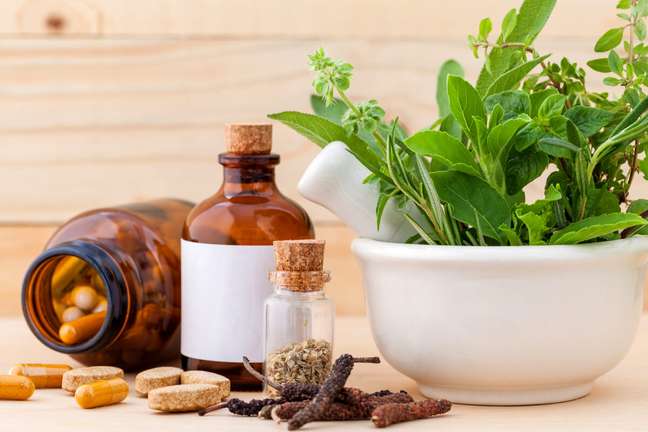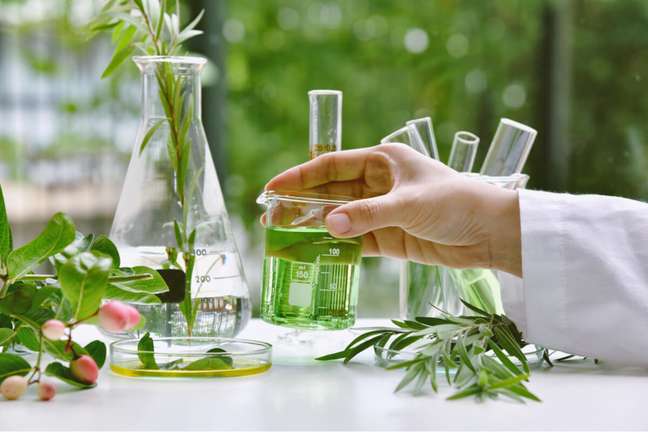They are important in curing various diseases, but must follow standards of preparation and consumption.
Brazil is known for having one of the greatest biodiversity on the planet. Many medicines available in the world today have emerged from studies developed by popular culture, which used ingredients available in nature as a remedy for various diseases.

Difference between medicinal plants and herbal medicines
There is a difference between plant medicines and herbal medicines. According to the pharmacist Luciana Calazans, medicinal plants are those capable of relieving or curing diseases and are traditionally used as medicinal in a population or community.
“You need to know the plant and know where to collect it and how to prepare it,” warns the pharmacist. When the medicinal plant is industrialized for the elaboration of a medicine, the phytotherapic is the result.
Medicinal plants in the treatment of diseases
The use of medicinal plants in the treatment of diseases is one of the oldest forms of healing and has been consolidated by popular wisdom. However, over the years and with scientific advances in medicine, this practice has lost its place medicines synthetics. After a few years, medicinal plants and medicinal herbs are very important in the treatment of various diseases, but they must also follow the rules for preparation and consumption.

It is important to know the effects
Contrary to what many think, the medical plants they have active ingredients and, if used incorrectly, can generate adverse reactions. “Some plants have contraindications to use, just like any other medicine. In this sense, it is necessary to know the origin of the plant, the part used, the form of use, the dosage, the method of use, the route of administration and the therapeutic indications.Furthermore, the medicine must be purchased from a pharmacy that can guarantee the origin and quality of the plants”, indicates Thiago Braz, pharmacist at the University of São Paulo (USP).
According to Luciana Calazans, medicinal plants should be used following the guidelines of a doctor, nutritionist or pharmacist. “One of the most frequent problems of drug-plant interaction is the synergistic effect. For example, ginkgo biloba has an anticoagulant effect, as do omega 3, flaxseed and acetylsalicylic acid (ASS), if the person uses all of these products, you will run a serious risk of bleeding,” she explains. She also warns of the laxative effect of some herbs which, when combined with other drugs, can have a very intense and abortifacient effect.
correct preparation
Another important aspect is knowing how to prepare medicine with plants, because depending on the objective, the method of preparation can vary. “Consequentially with the good what you want to extract from the plant, you use a specific method, since several (active) photochemical substances coexist in the same plant. If this active ingredient is found in the softest parts, for example in the leaves, it cannot be put in a decoction, but in an infusion”, explains the pharmacist.
To define how to prepare and how to use natural and herbal medicines, the Form of herbal medicines – Brazilian Pharmacopoeiaof the National Health Surveillance Agency (Anvisa), presents a list with the correct quantities of each ingredient, warnings and contraindications.
🇧🇷The best content in your email for free. Choose your favorite Terra newsletter. Click here!
Source: Terra
Ben Stock is a lifestyle journalist and author at Gossipify. He writes about topics such as health, wellness, travel, food and home decor. He provides practical advice and inspiration to improve well-being, keeps readers up to date with latest lifestyle news and trends, known for his engaging writing style, in-depth analysis and unique perspectives.







